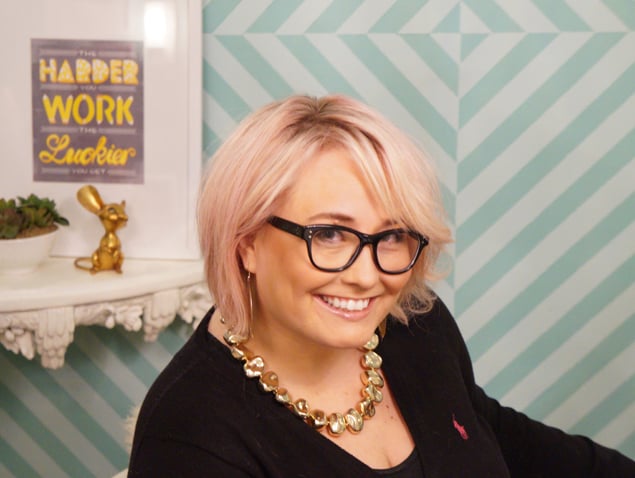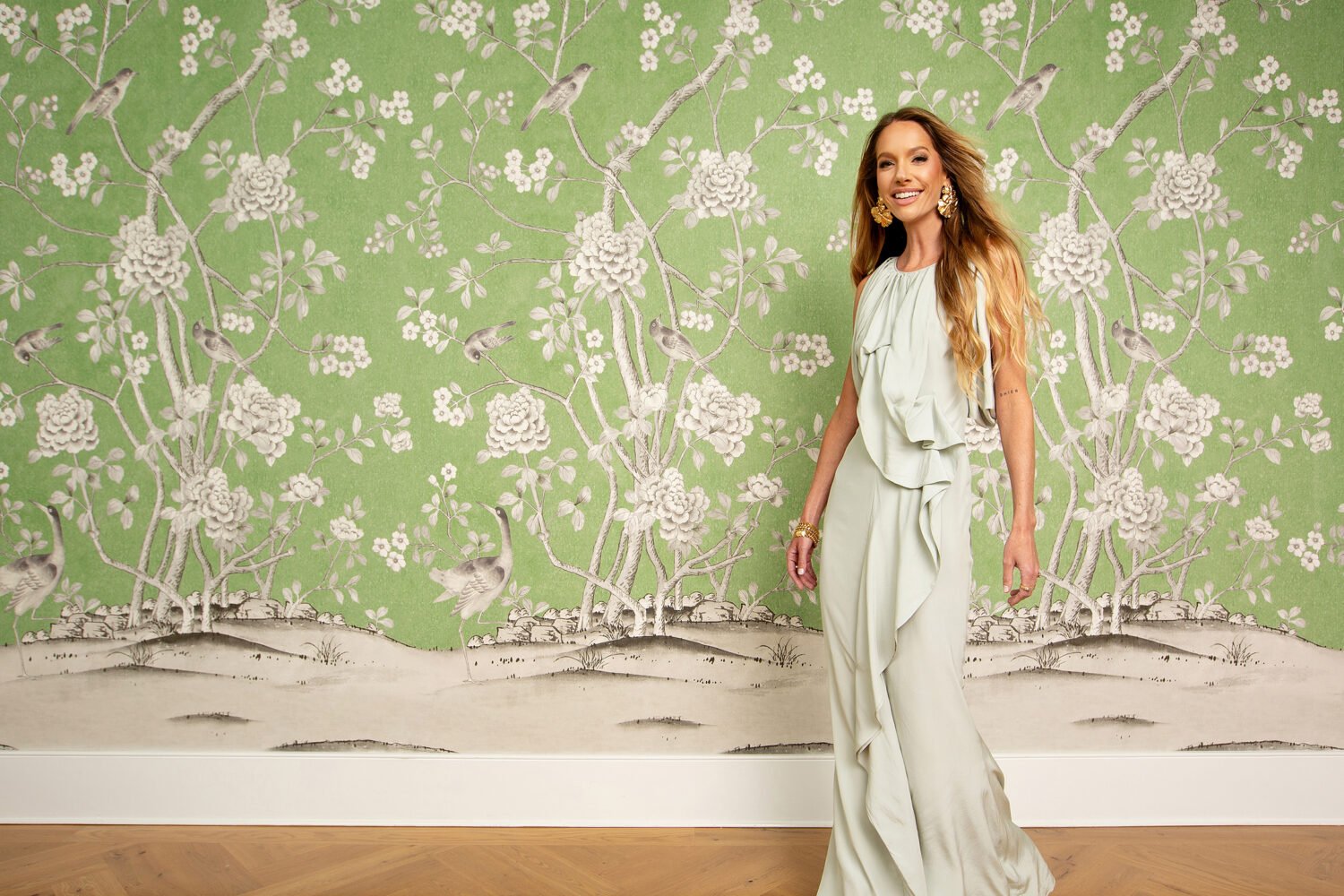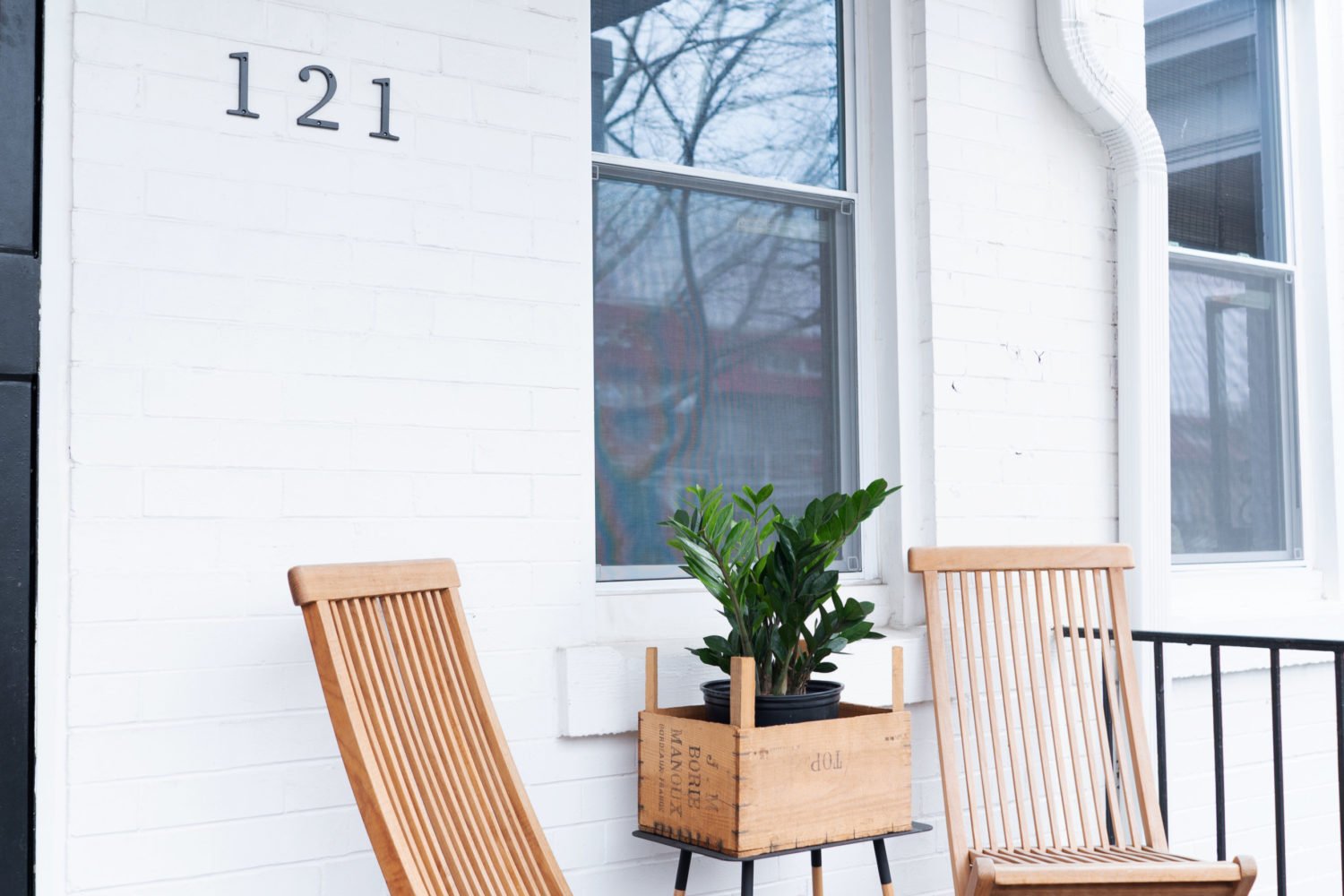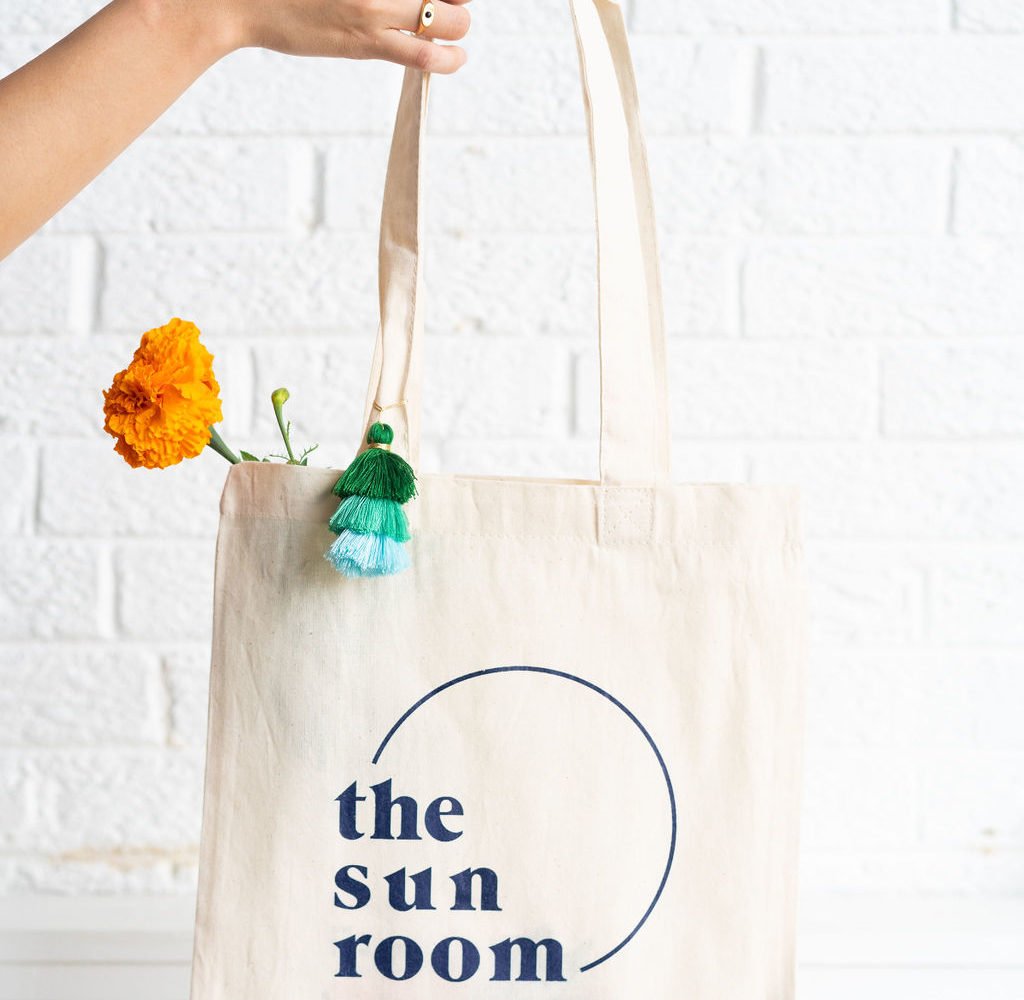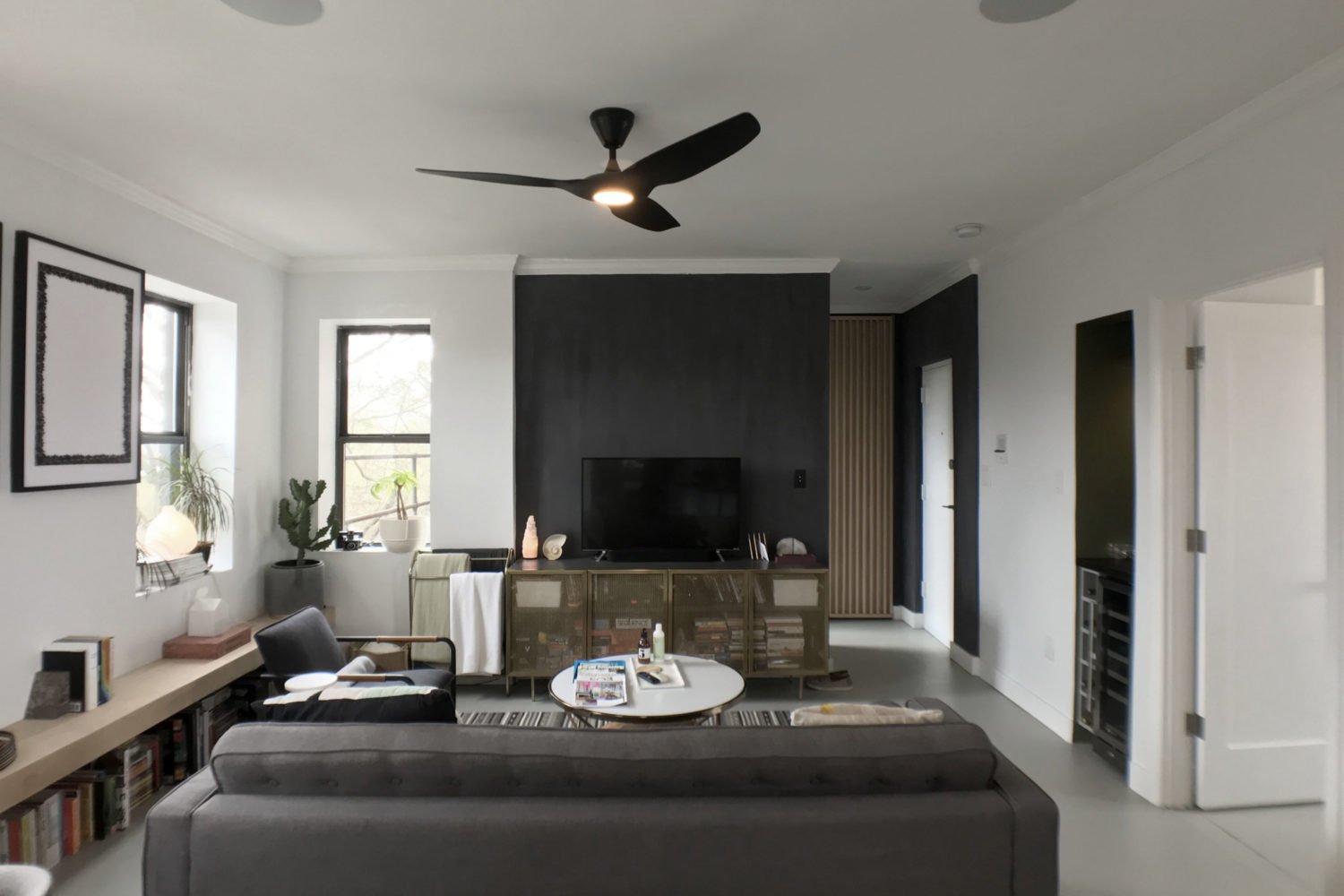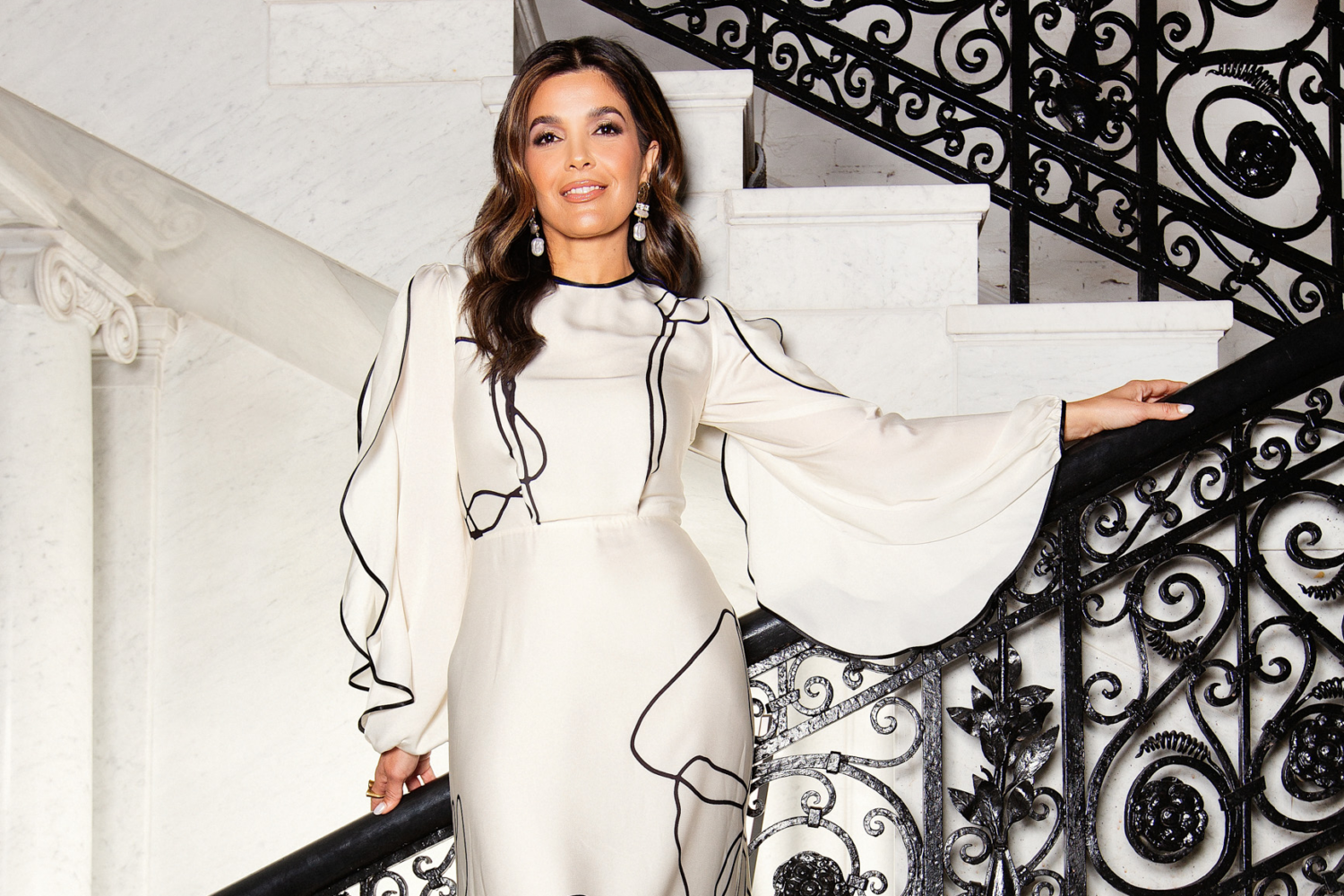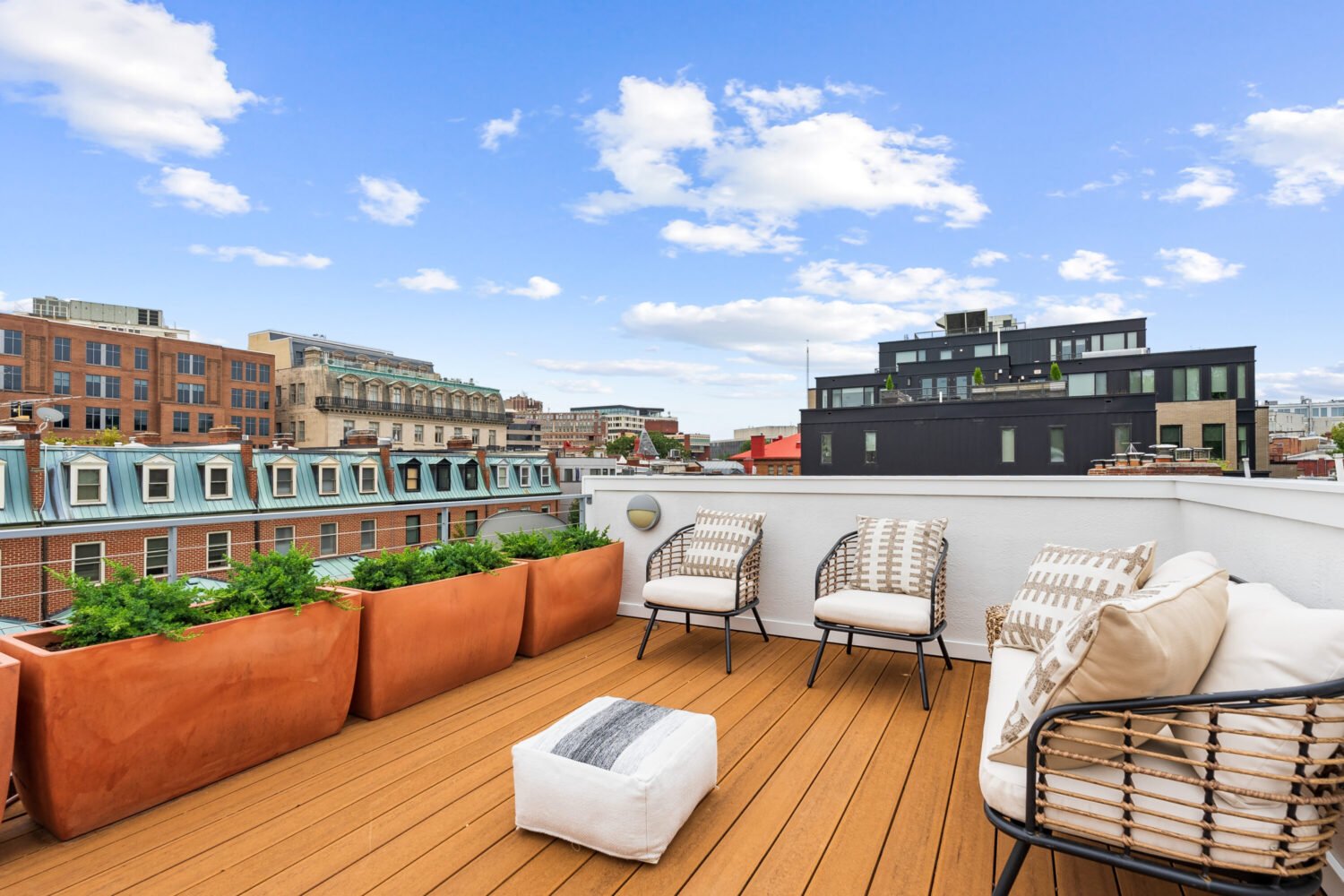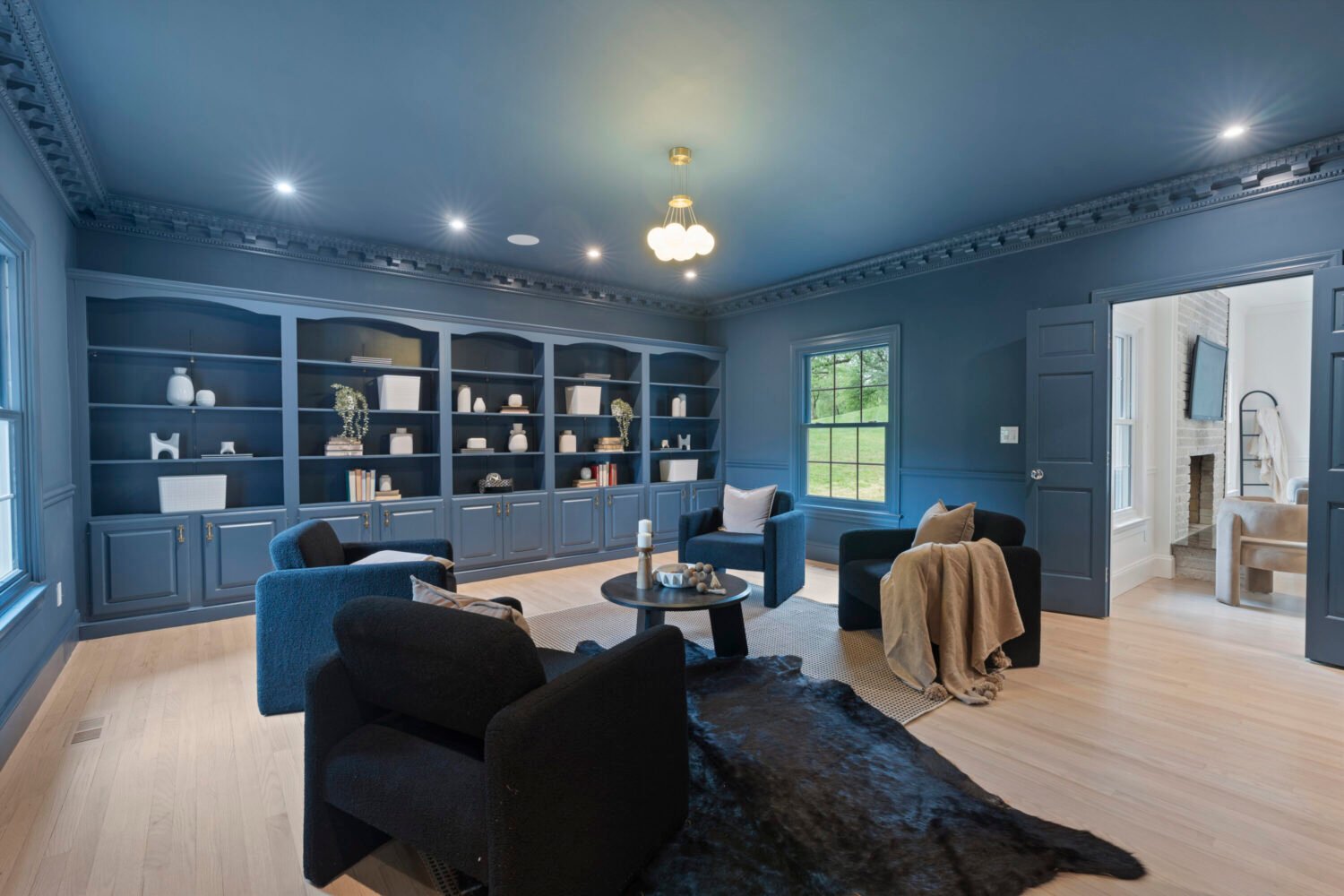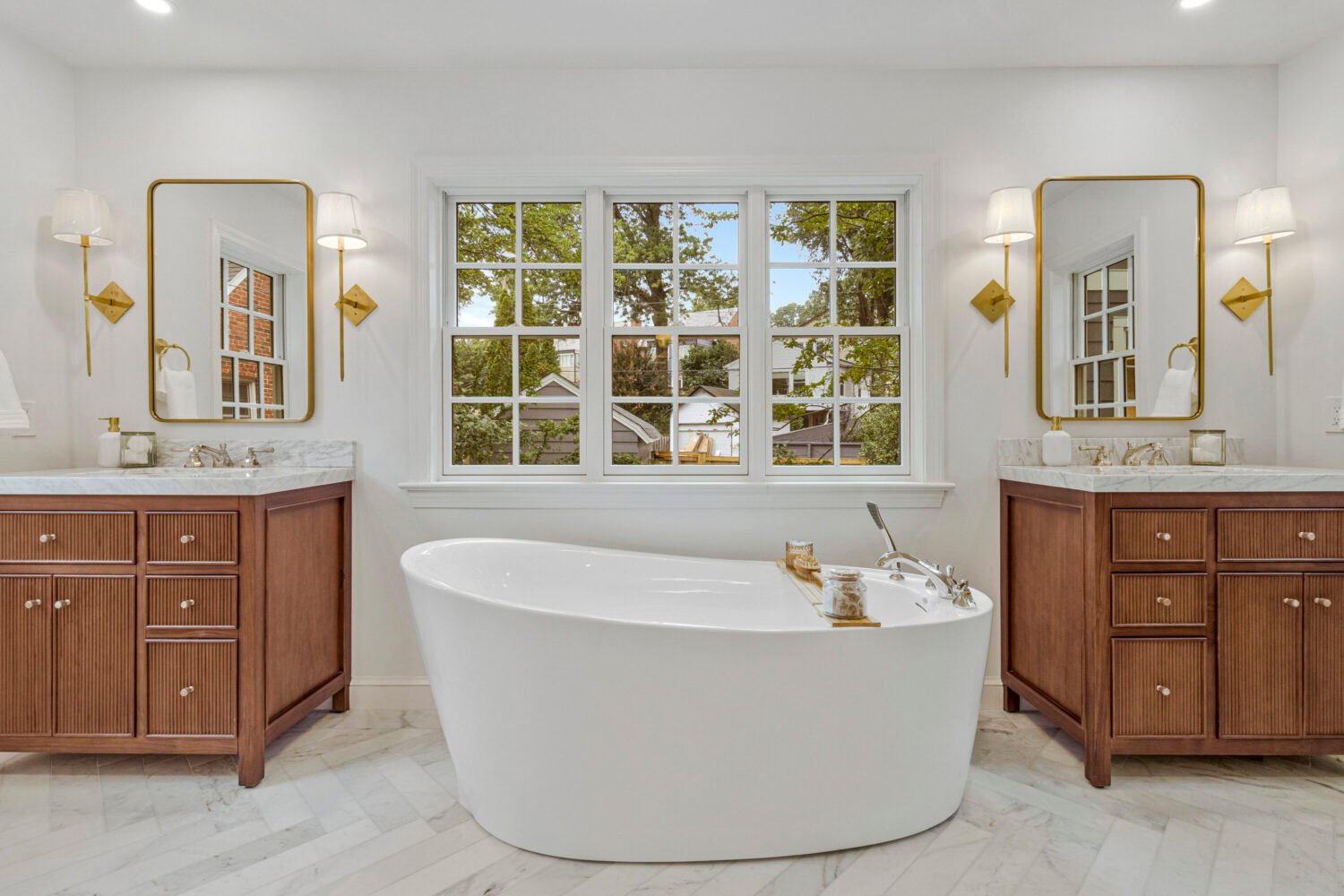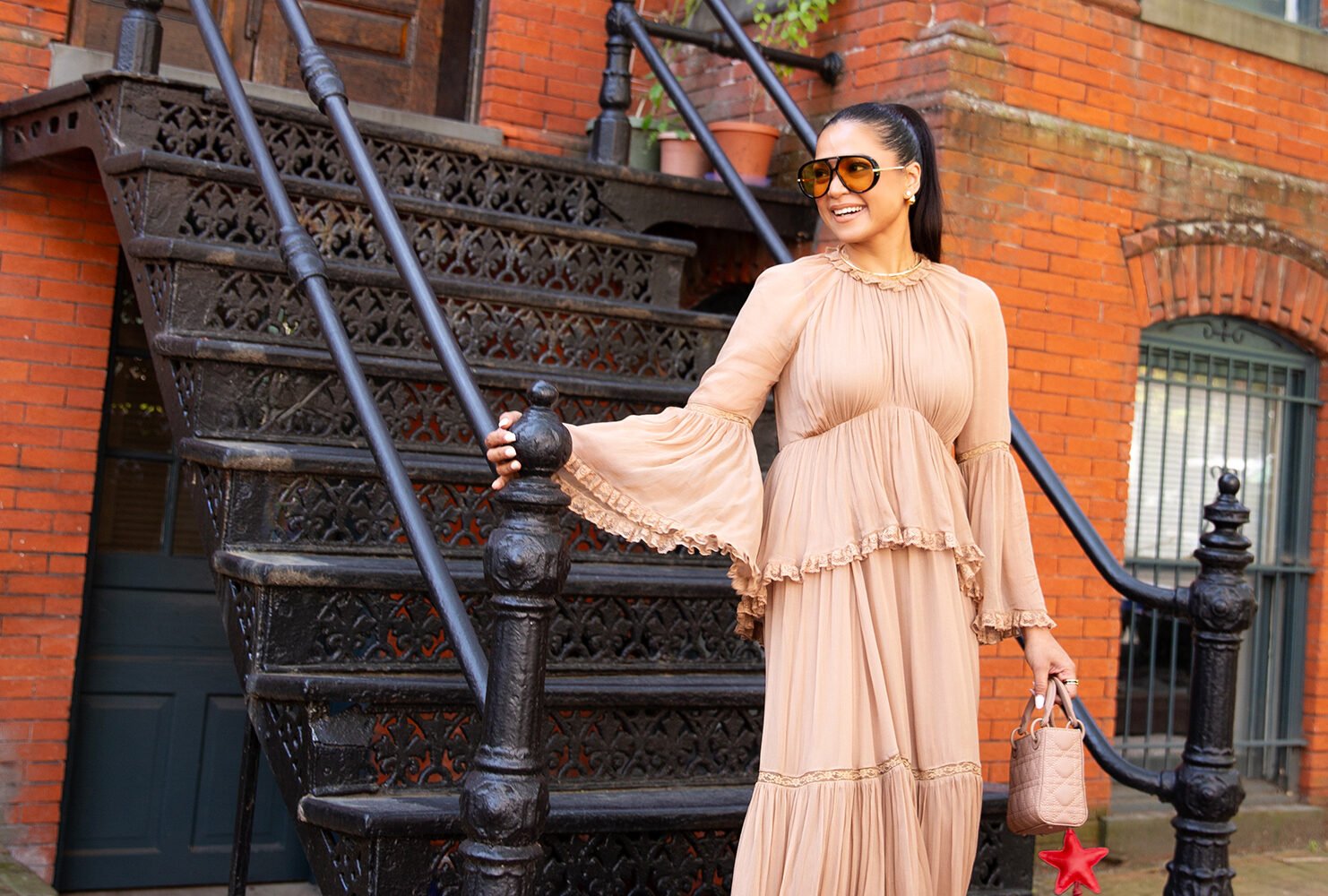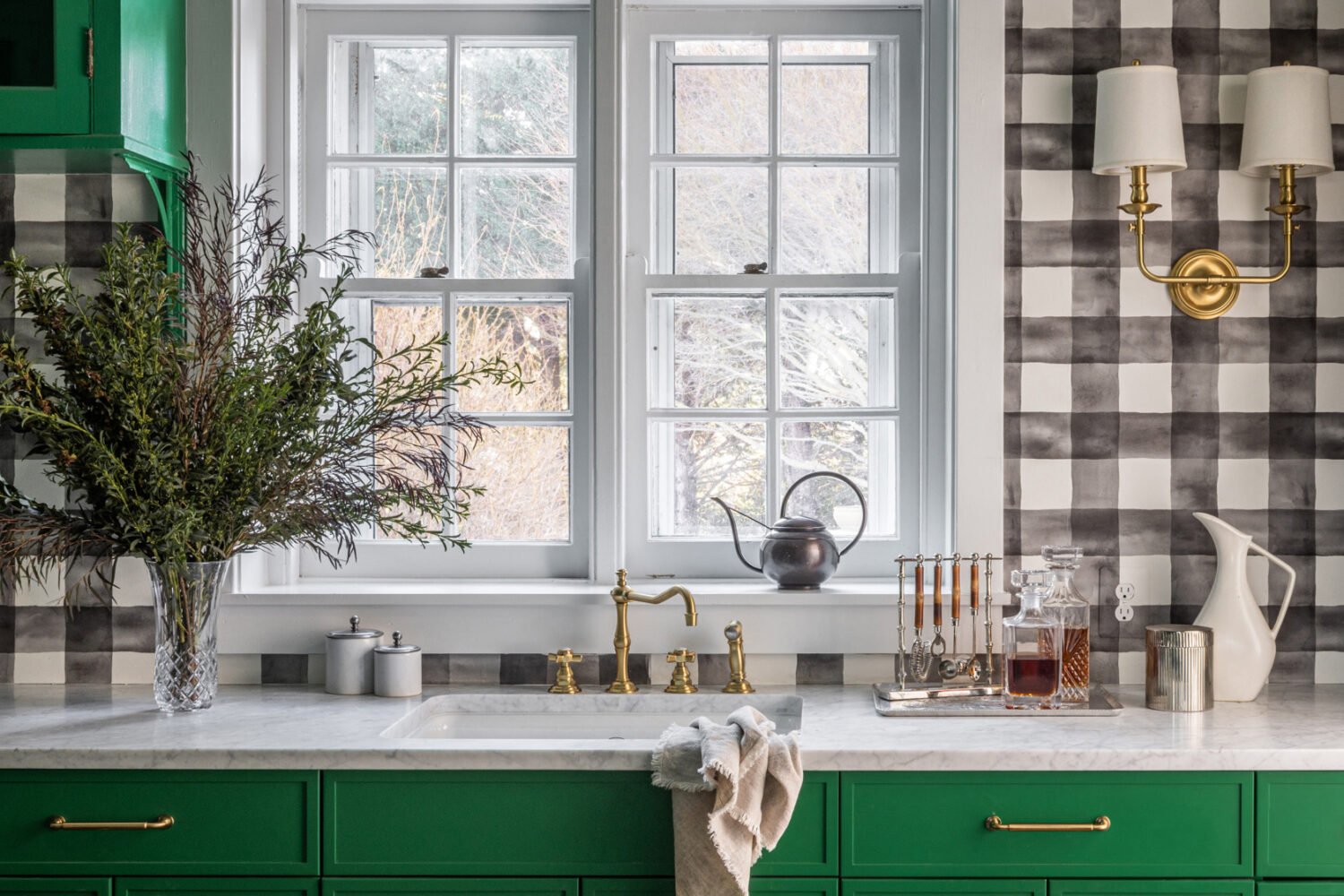In 2008, Jennifer Bertrand won the third season of HGTV’s Design Star. Then she seemed to drop out of the spotlight entirely. The reason for her absence? Turns out Bertrand got pregnant, and her son was born with two rare malformations and major medical issues, necessitating an eventual 20 surgeries. After taking a hiatus while dealing with her son’s health problems, she’s back to design—and she’s busier than ever. These days, she’s hard at work designing an 18,000-square-foot home for the Ronald McDonald House, writing magazine articles, traveling to home shows, and serving as a spokesperson for the International Design Guild. The past several years may have been a rollercoaster, but there’s an upside: “It’s made me a better designer, because once you face real-life things, it’s really easy to pick a paint color and encourage people to take risks,” she says.
This weekend, Bertrand headlines the Capital Home & Garden Show at the Dulles Expo Center, alongside Curb Appeal host John Giddings. During her appearance, Bertrand will reveal the top design mistakes and how to conquer them. Read on to find out why this pink-haired designer’s favorite paint color is white, why she won’t be using that Radiant Orchid hue anytime soon, and why the best design strategy is to just slow it down.
You work with lots of color in your designs. How do you suggest a colorphobe ease into using bold hues?
When I get free rein I tend to get a little kooky and happy, because I want you to walk into a room and have it change how you feel. But I also appreciate those people who say, “Jen, just because you sometimes have pink hair . . .” I don’t expect them to like color how I like color, but I want them to understand how to create a color story in their home, even if it’s just white and shades of linen. The thing is, you have to focus on the un-fun stuff first before you just jump in and buy a paint can and watch one TV show and say, “I’m going to tackle it this weekend”—because what happens is that your house looks schizophrenic.
So it’s really teaching people that even though you get super-psyched and excited to paint, it’s sometimes about slowing down and having a plan before you do it. Which is so boring to say, but you’ll be glad later, because you won’t be repainting.
So what is the “un-fun stuff”? How do you create that plan?
Ultimately, it’s deciding: How do you want your space to feel? People will say something like “happy and bright” or “soothing and sophisticated.” Then start grabbing paint chips you’re drawn to, and once you start laying them next to each other you’ll start seeing how one color can overshadow another.
What are your favorite paint colors right now?
You know how they always have the color of the year? [This year] it’s orchid. And I love orchid, but that makes me not want to use orchid because it’s the color of the year. I have a secret rebellion about it. Honestly, it’s more about what makes people happy. Everything that’s cool is cyclical; it’ll come back around eventually. My house is kind of like Florida-retirement-home colors—all soothing and calm, rococo ice-cream palette.
Honestly—and this sounds really lame—but I love white paint. If most everything is white, then you can change your artwork, you can lacquer a side table, and you still have this neutral base that lets you play with color but not be extreme about it.
What is the easiest way to make a big impact in your home?
The most cost-efficient one is paint. That’s kind of how I became “the paint girl.” It’s not that I’m obsessed with paint; it just was the easiest way to spend $50, put in a little sweat, and change the whole feel.
The next thing is lighting. Lighting is one of the unsung heroes of design. It’s changing the fixtures to be the proper focal point that they should be; or, if you want a cleaner look, spending the money to put in the proper cans or dimmers to create the necessary ambience.
What are your top tips for decorating on a budget?
Slow down and create a plan. What happens is that you don’t have money, so you buy lots of little things, and you end up with lots of small things and no design impact. Instead, I teach people to save up and get the thing you really need for the space instead of a bunch of tchotchkes that make you look like a hoarder. Once you have a plan and are buying things one at a time, then you can start painting, start purchasing.
And I say this from experience—I don’t try to say, “my son has a medical thing, so . . .” but when we had to focus on real-life payment stuff, then I had to figure out, “Okay, how do I get creative?” And so then it was really being patient and focusing on one room at a time.
I’m the queen of Target decor. Target has great accessories, and Marshall’s, even.
What other budget-friendly sources do you like?
Etsy is one of my all-time favorites. It’s a great way for people to have real art and support small artists, and it takes you a step above a poster or something you’d find in a big-box store.
I even use Overstock—I’m not a snob about that. Lamps Plus online has clearance open-box items that I use. I tend to love Craigslist and 1960s estate sales more, though.
At this weekend’s show, you will be sharing the top 12 design mistakes. Can you give us a sneak preview?
One thing is scale—lighting scale is commonly a big mistake. More than likely, people have the wrong-size light; they go too small in their dining room. You want the light that looks like it’s on steroids in certain spaces. It’s like the Louboutin of the home. It makes the dramatic moment.
Another common mistake is curtain height. I don’t know why they still sell them at 84 inches—because they should never be hung at 84 inches—but that’s the standard size in stores. I don’t want anyone to go below 96 inches. So if you want to save the curtains you have, just colorblock and sew on a chunk of fabric at the bottom. Then you can use your curtains but hang them at the proper height of two inches below the ceiling, which adds instant drama. It freaks people out, but then once they start seeing pictures of rooms that have that, they realize it is right. Sometimes people just need someone to tell them, “It’s going to be okay, you’re going to be fine; step back from the ledge.”
The Capital Home & Garden Show runs Friday through Sunday at the Dulles Expo Center in Chantilly. The show will be open 10 to 9 on Friday and Saturday and 10 to 6 on Sunday. Tickets can be purchased online for $7 or at the door for $10.

